 |
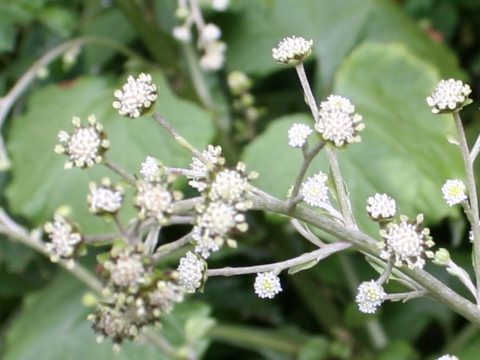

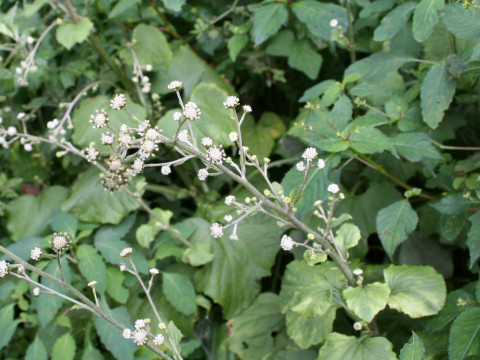

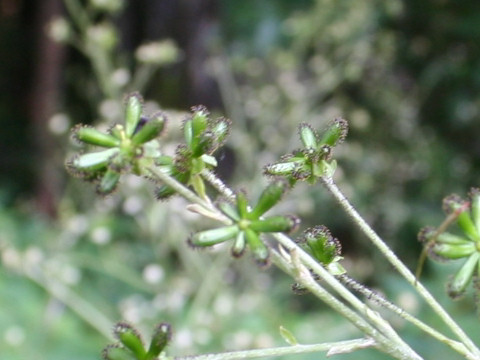

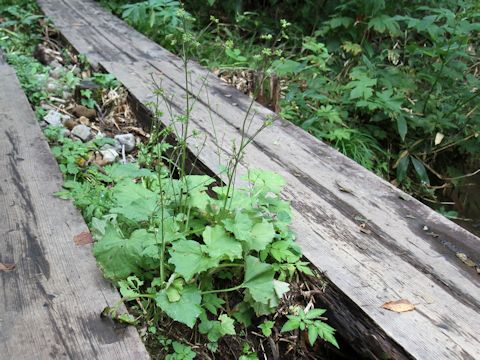

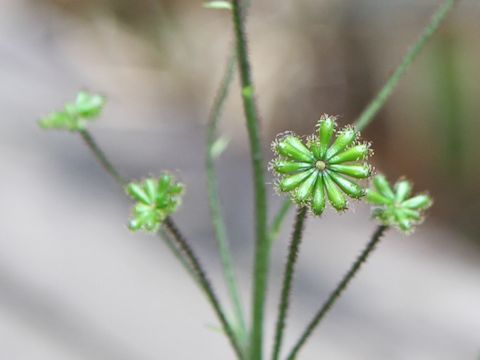

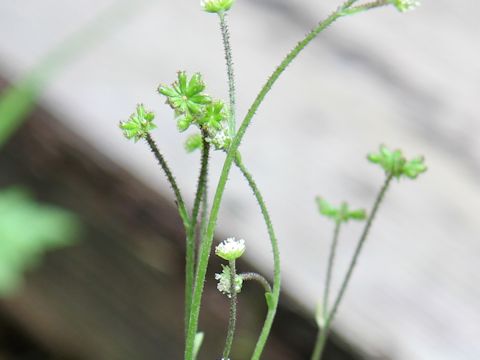

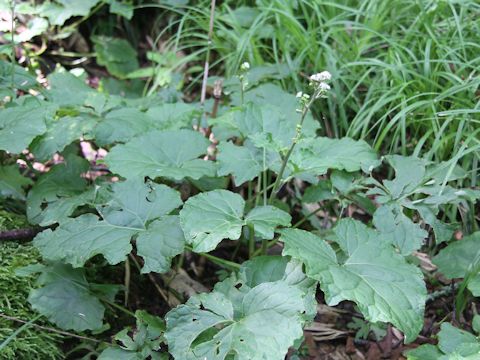

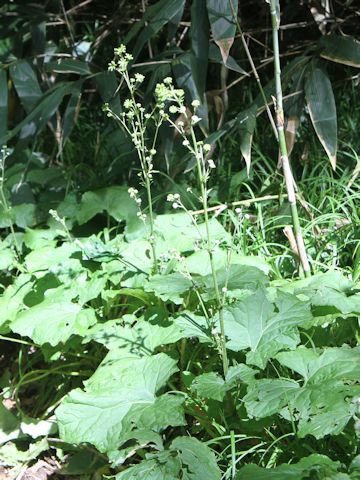

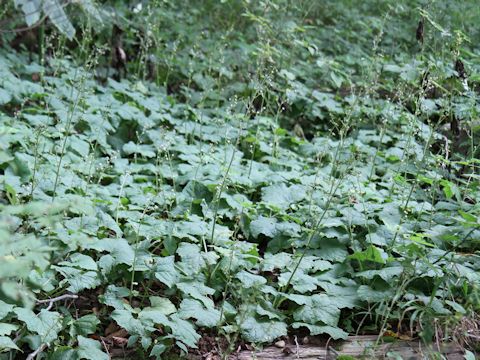

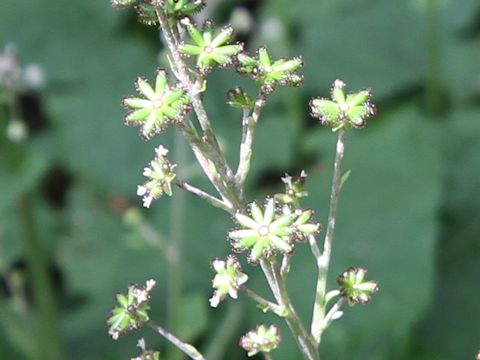

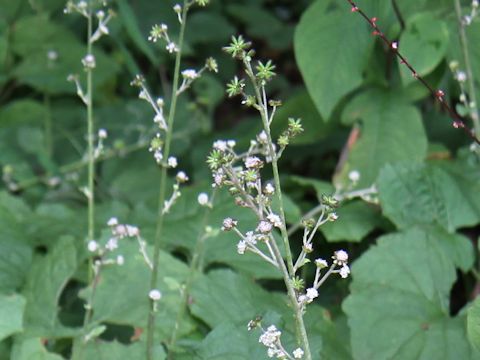

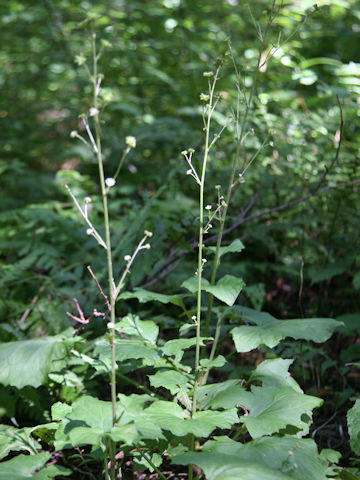

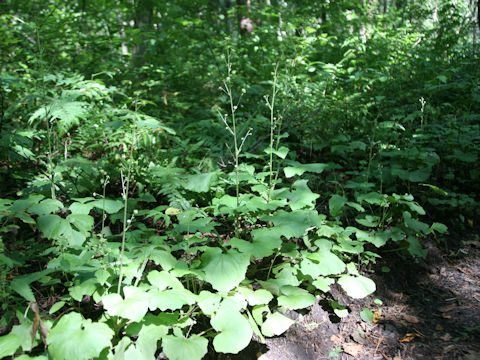

|

|
わが国の各地をはじめ、朝鮮半島や中国それにヒマラヤに分布しています。山地の林床や谷間の湿り気の多いところなどに生えます。また痩果が人の衣類について散布されるために道沿いに多く見られます。葉は「ふき」に似ていますが、長い葉柄に翼があります。7月から8月ごろ、茎の上部に短い枝をだして小さな白い頭花を咲かせます。花は周りに雌花があり、真ん中に両性花があります。中国名では「和尚菜(he shang cai)」。
|

|
キク科ノブキ属の多年草で、学名は Adenocaulon himalaicum。英名はありません。
|

|
The "No-buki" (Adenocaulon himalaicum) belongs to Asteraceae (the Aster family). It is a perennial herb that is native to Japan, as well as the Korean Peninsula, China and the Himalaya. This herb grows in montane forest floors and wet valleys. The achenes are attached to cotton-like structures and dispersed, and we can be found easily along the routes. The leaves are similar to the coltsfoot (Petasites japonicus), though they have winged long petioles. The small white flower-heads bloom at the short branched upper stems from July to August. The corolla consists of center bisexual flowers and surround female flowers. The Chinese name is "和尚菜" (he shang cai).
|

|
[上・中1~2] 新潟県妙高市杉野沢にて、2005年08月29日撮影。
[中3~中5] 福島県檜枝岐村「尾瀬沼」にて、2013年08月25日撮影。
[中6・中7] 栃木県那須町「大峠」にて、2014年08月15日撮影。
[中8~中10] 茨城県桜川市「筑波山」にて、2014年09月13日撮影。
[中11・下] 岩手県滝沢市「鞍掛山」にて、2022年08月27日撮影。
|














